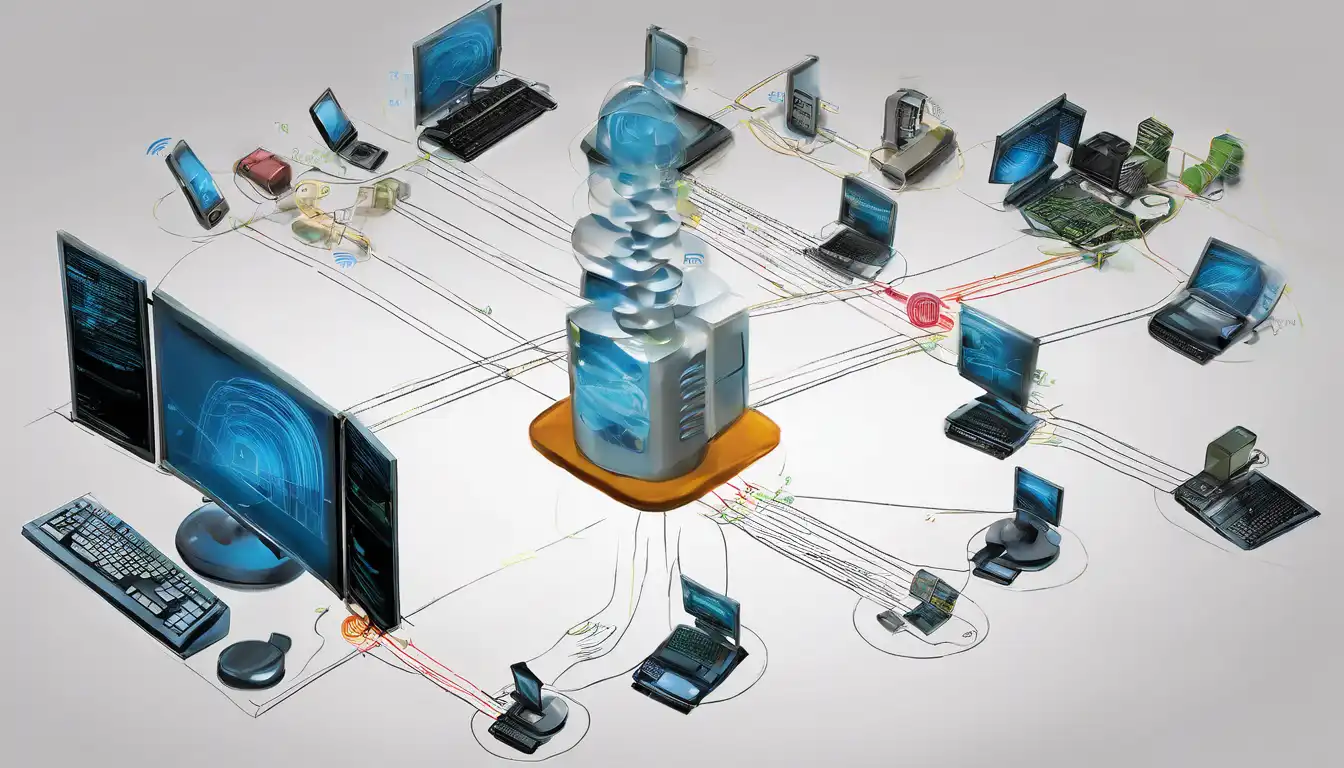Introduction to Wireless Networking Technologies
Wireless networking technologies have revolutionized the way we connect to the internet and to each other. From WiFi to Bluetooth, these technologies enable devices to communicate without the need for physical cables, offering flexibility and mobility that wired networks cannot match.
Types of Wireless Networking Technologies
There are several types of wireless networking technologies, each designed for specific purposes and applications. Here are some of the most common ones:
- WiFi (Wireless Fidelity): The most widely used wireless networking technology, WiFi allows devices to connect to the internet within a local area network (LAN).
- Bluetooth: A short-range wireless technology used for connecting devices like smartphones, headphones, and keyboards.
- Zigbee: A low-power, low-data-rate wireless network used primarily for home automation and IoT devices.
- LTE and 5G: Cellular technologies that provide high-speed internet access over wide areas.
How Wireless Networking Works
Wireless networking works by transmitting data over radio waves. Devices equipped with wireless adapters communicate with a router or access point, which is connected to the internet. The router converts the data into radio signals and broadcasts them to the devices within its range.
Benefits of Wireless Networking
Wireless networking offers numerous benefits, including:
- Mobility: Users can move freely within the network's coverage area without losing connection.
- Scalability: It's easy to add more devices to a wireless network without the need for additional wiring.
- Cost-Effectiveness: Wireless networks reduce the need for expensive cable installations and maintenance.
Challenges and Considerations
Despite its advantages, wireless networking comes with its own set of challenges, such as security vulnerabilities, interference from other devices, and limited range. It's important to implement strong security measures, like WPA3 encryption, and to consider the placement of routers to minimize interference.
Future of Wireless Networking
The future of wireless networking looks promising, with advancements like WiFi 6 and 5G offering faster speeds, lower latency, and improved capacity. These technologies will support the growing demand for high-bandwidth applications and the proliferation of IoT devices.
For more insights into the latest in wireless technology, check out our technology trends section.
Conclusion
Wireless networking technologies have become an integral part of our daily lives, enabling seamless connectivity and communication. As these technologies continue to evolve, they will open up new possibilities for innovation and convenience.
